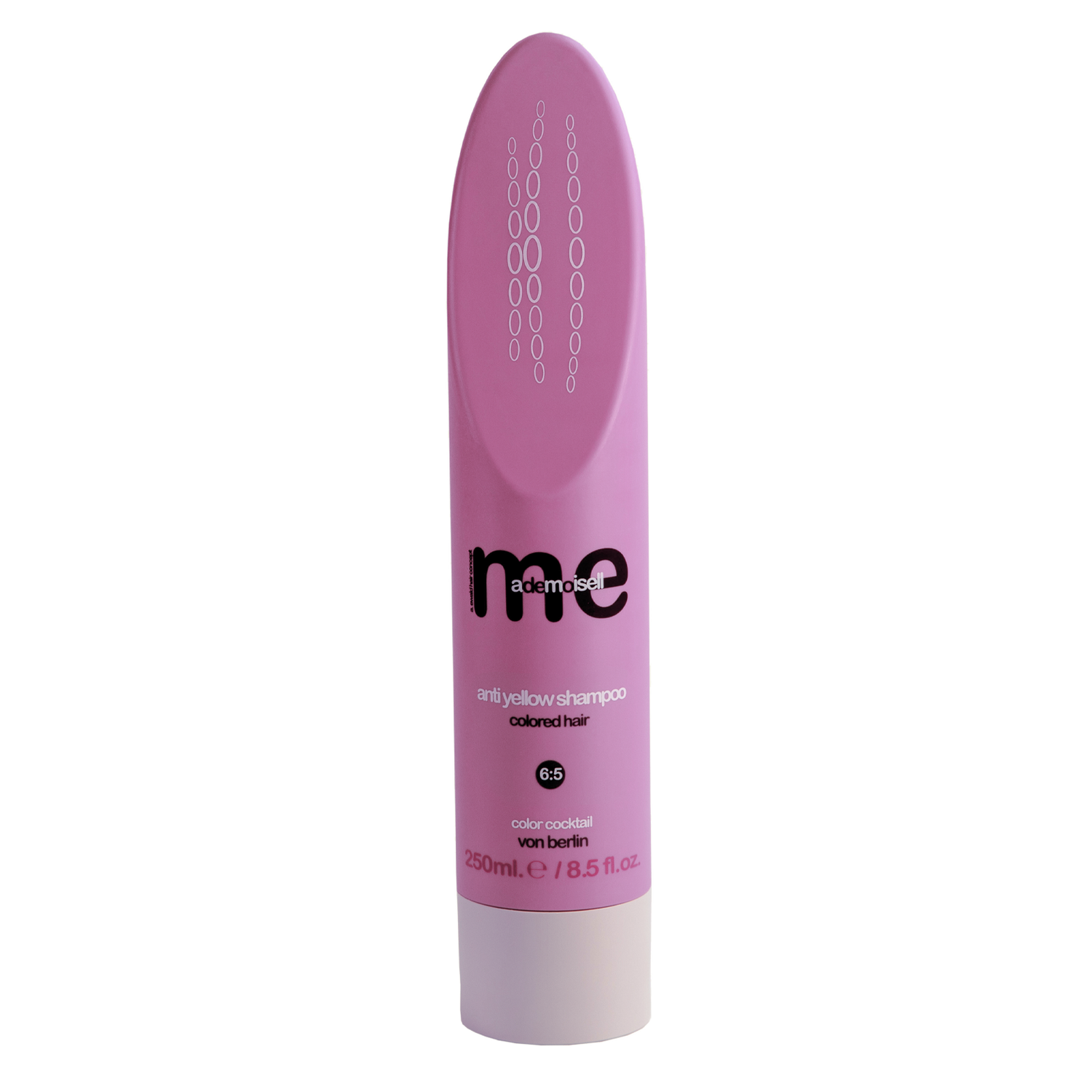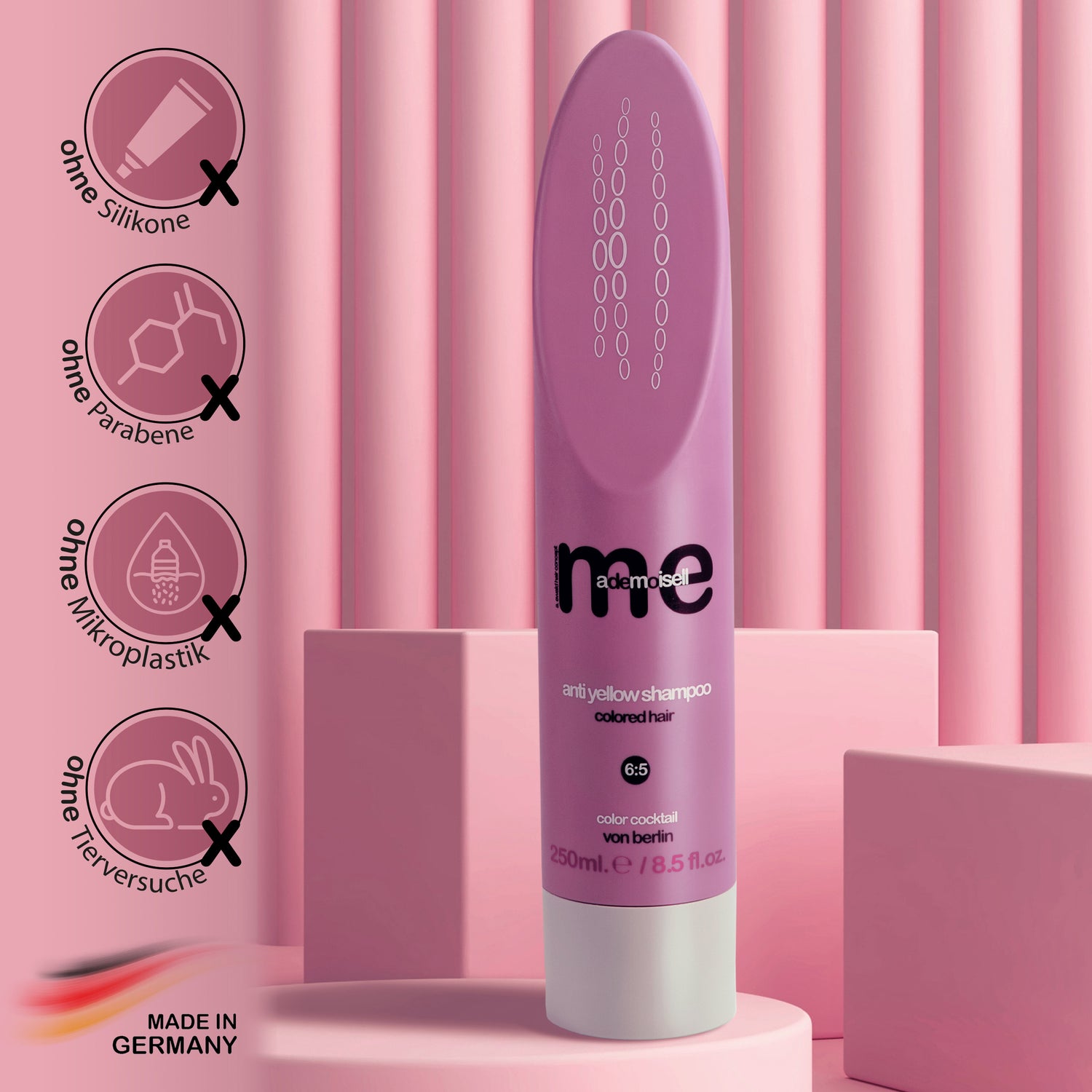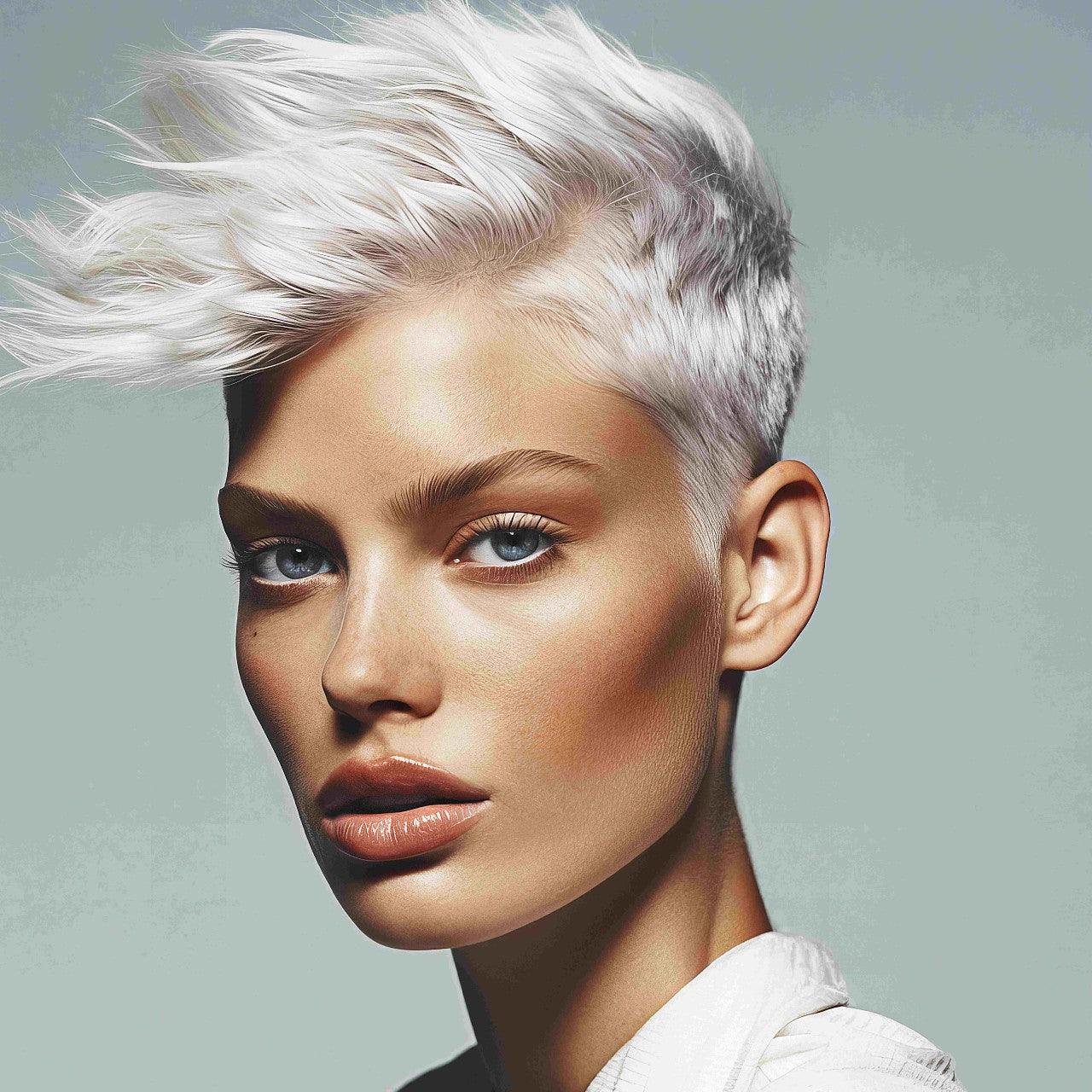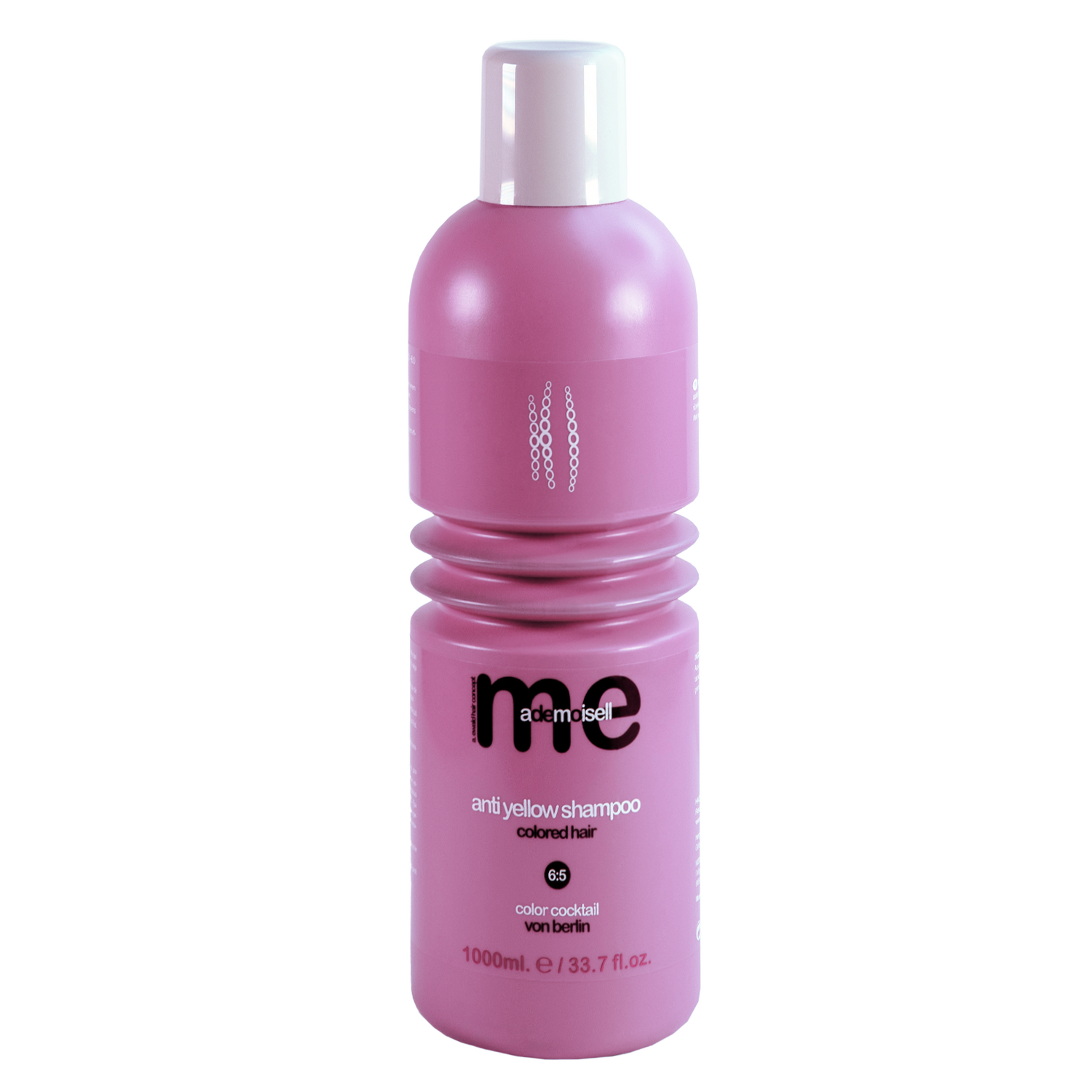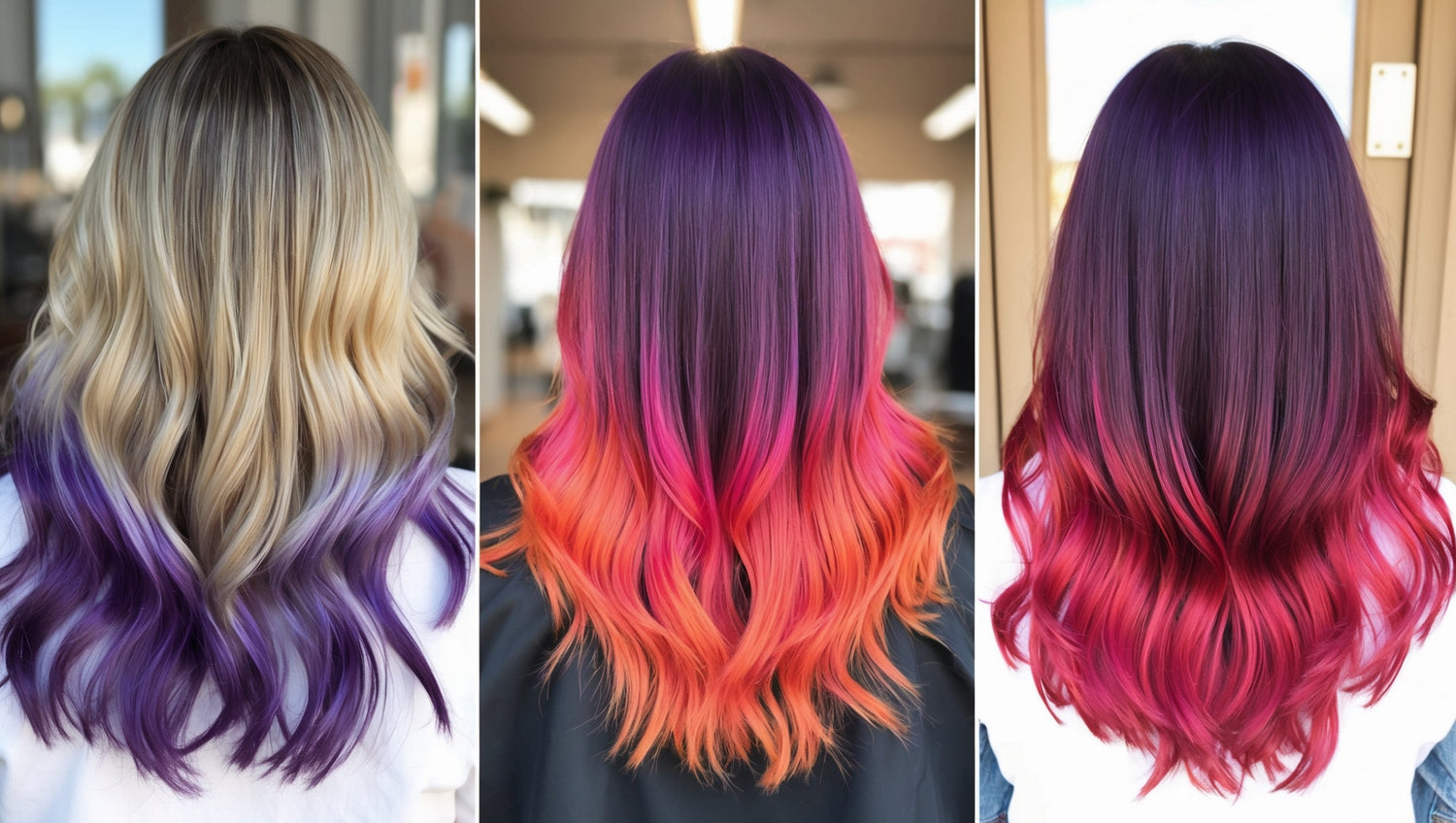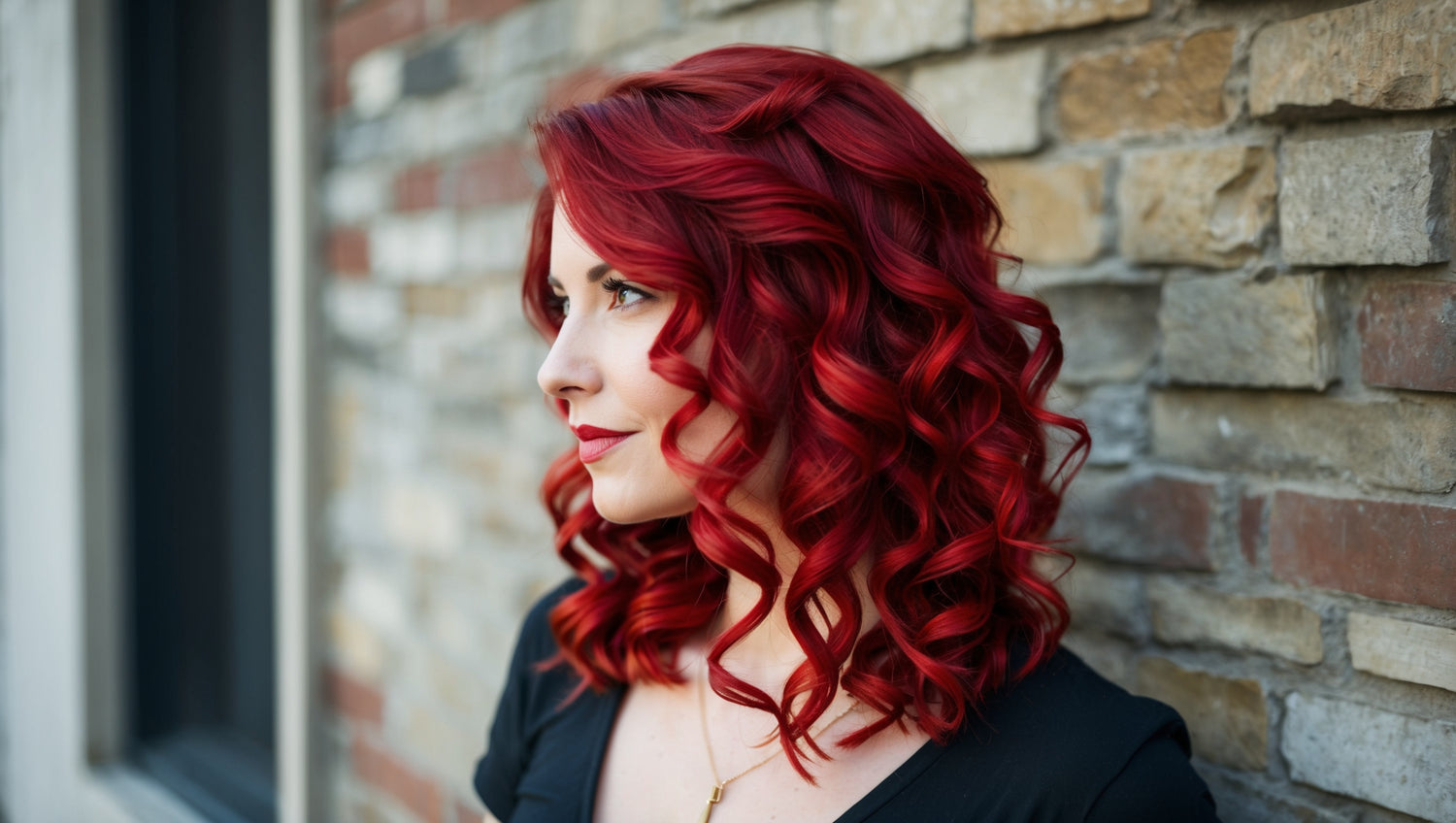

6•5 ANTI YELLOW SHAMPOO
- Regulärer Preis
-
€21,00 - Regulärer Preis
-
- Verkaufspreis
-
€21,00 - Stückpreis
-
€8,40 pro 100ml
inkl. MwSt.
Versand wird beim Checkout berechnet
Anti Yellow Shampoo for bleached and grey hair with keratin and jojoba oil. Thanks to its violet colour pigments, the yellow tint is reduced. It gives a radiant shine - even for grey natural hair.
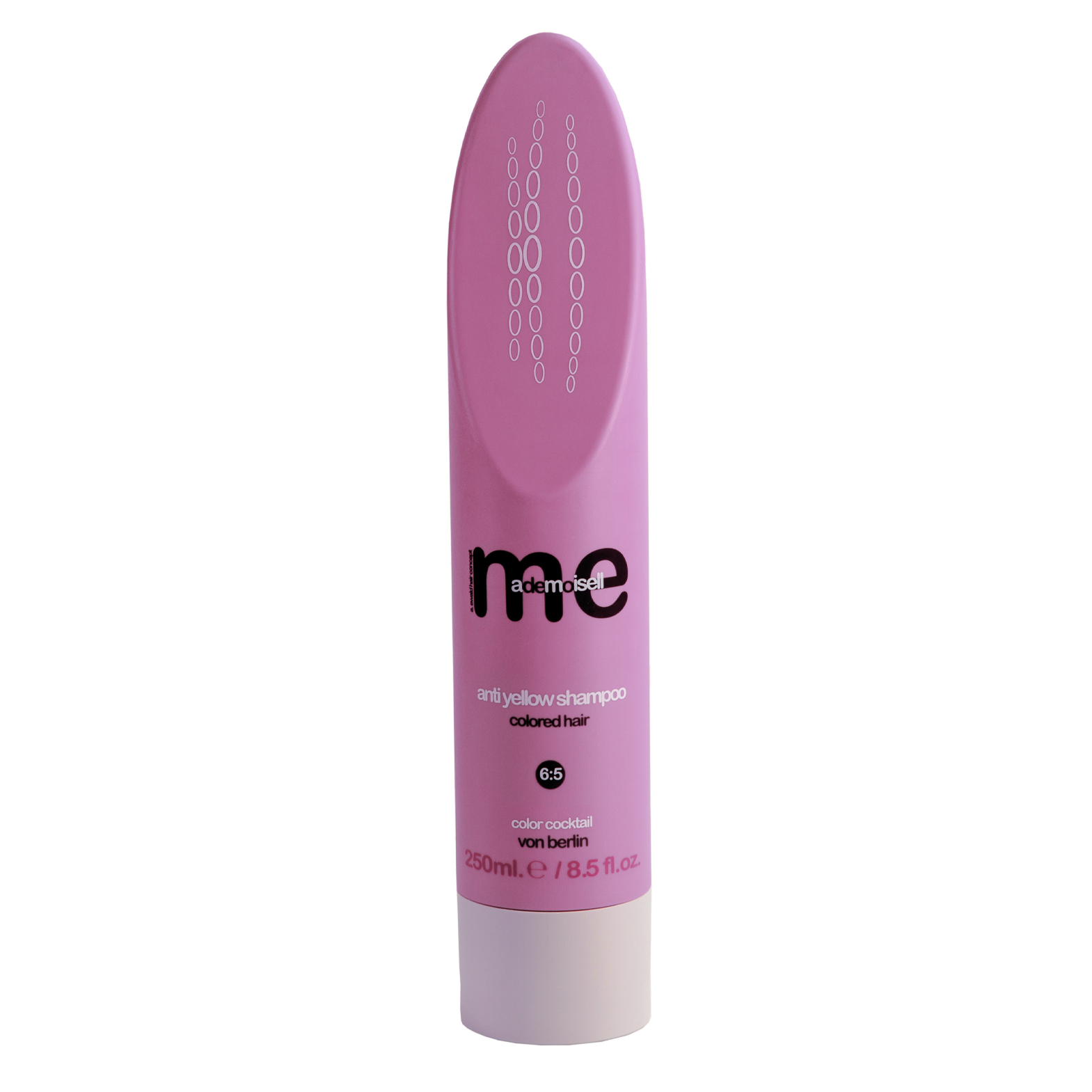


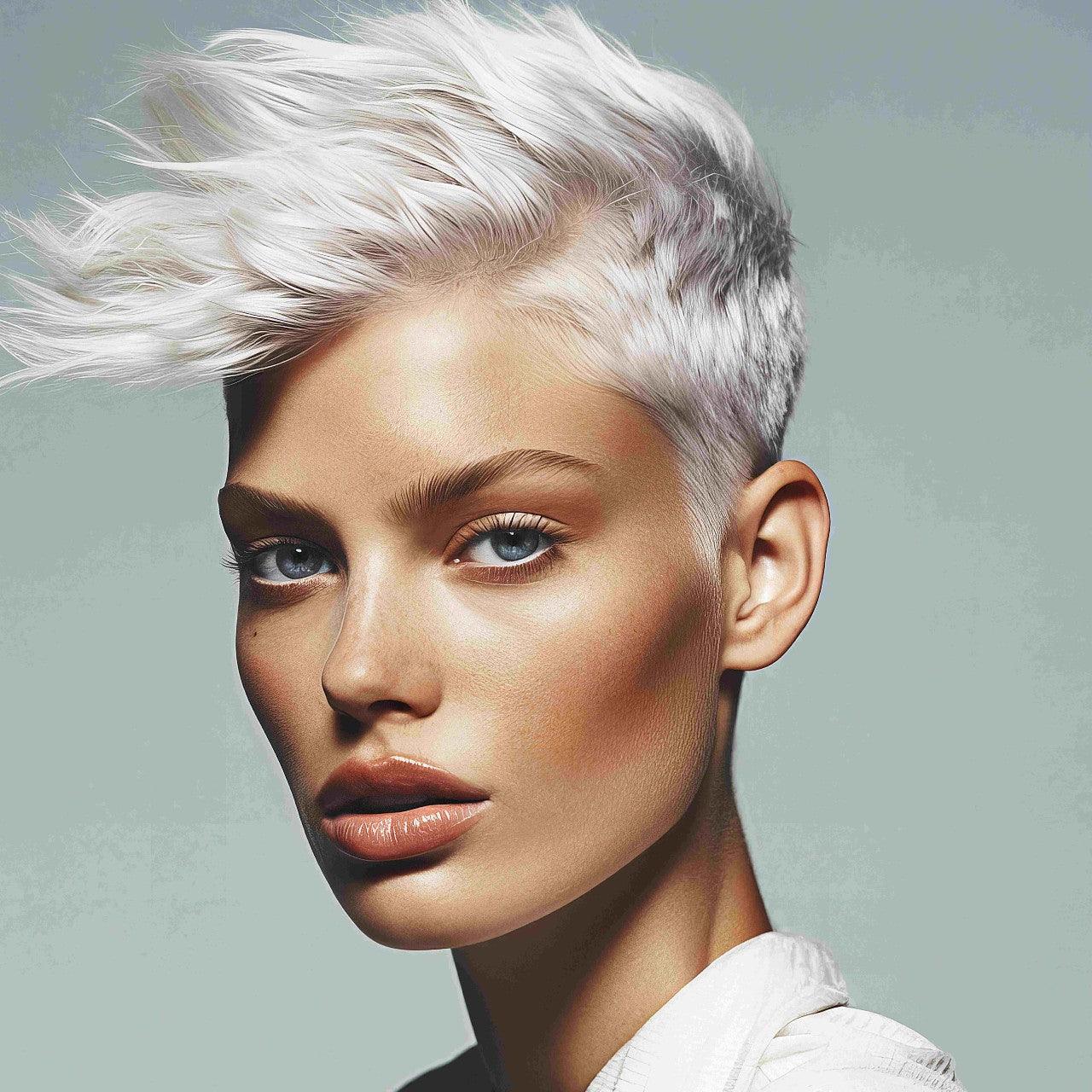
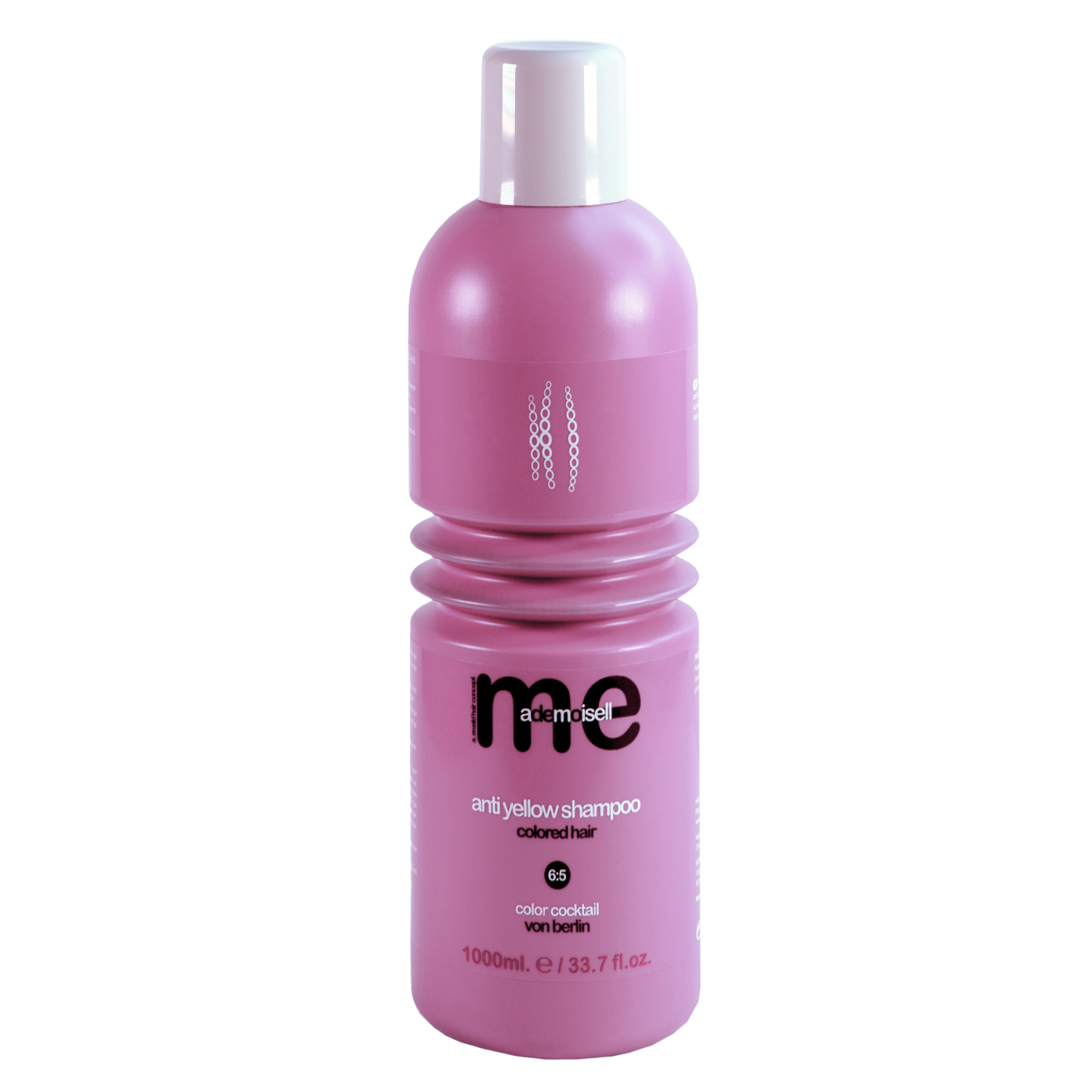
our bestsellers
- Wikipedia (2023): Haarfärbung Online-Enzyklopädie https://de.wikipedia.org/wiki/Haarf%C3%A4rbung
- BellAffair.at (2023): Die besten schwarzen Haarfarben: Testsieger Online-Magazin https://www.bellaffair.at/info/magazin/beste-schwarze-haarfarbe


